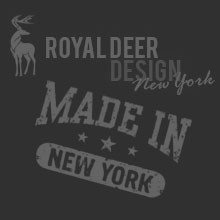Donald Norman, born December 25, 1935, is a founder of The Cognitive Science Society and specialist in cognitive science (cognitive science is the study of how information is represented and transformed in the brain). Donald Norman is considered to be the first to apply advanced human factors to design via cognitive design.
Donald Norman is an important figure for all kinds of designers. Both artists who design digital media and designers creating physical things for everyday use. Donald Norman has shown the importance of the design, and how design effects everybody’s life. He also has pointed out the problem of ineffective ways of designing, and ways to avoid it.
First at all, nothing can be designed in isolation. People who create interfaces have to consider preferences of users for whom they design particular system. That means “user testing.” To create an intuitive system, a designer has to arrange constant testing of the product in very first stage of the project. He has to consider feedback from users and implement necessary changes into the project.
Designers are too close to the thing they design, and they know too much about their own product. They do not see the system they design as a user might see it. Users are “fearful”, they need easy and intuitive system which make them feel comfortable to use. Constant changes to a designer’s idea can defect the visual attractiveness of the product. In many cases, the more a designer tries to add usability, the visual design has to be compromised.
Human Computer Interaction is extremely challenging to design for. Designers have a big responsibility to create things which will improve the way people live and accomplish their goals. Designers have to create things by looking at them from the potential user’s point of view. That shows, how designers need to know cognitive science such as psychology (study of the mind) and anthropology (the study of humanity). The most important thing regarding creating a perfect design is understanding needs of people who will use the final product.




